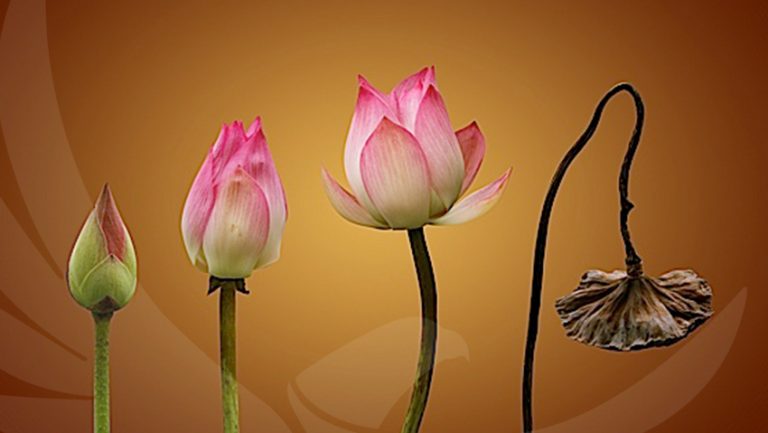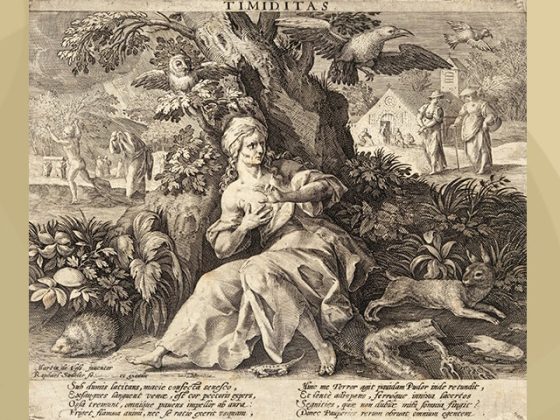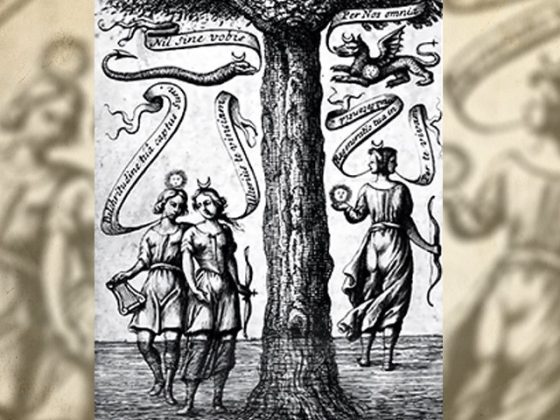The best exercise to reach the imaginative Knowledge is the following: seated in front of a plant, we concentrate on it until we forget everything that is not it. Then, closing our eyes, we will fall asleep preserving in our imagination the form and figure of the plant, its structure, perfume and color.
The disciple should provoke sleep during these practices. The disciple, dozing, will meditate deeply on the inner constitution of the vegetal.
The disciple shall imagine the living cells of the plant. The vegetal cell has protoplasm, a membrane and a nucleus.
Protoplasm is a viscous, elastic and transparent substance very similar to egg white –albuminoid material–. The disciple, dozing, must reflect on the four fundamental elements of the protoplasm of the vegetal cell. These four elements are: carbon, oxygen, hydrogen and nitrogen.
The membrane is a wonderful colorless substance that becomes totally insoluble in water. This substance is the famous cellulose.
The disciple, properly concentrated, will imagine the nucleus of the cell as a little corpuscle where the Great Universal Life palpitates. In the nucleus there is the nuclear filament, nuclear juice and nucleoli, all of them wrapped by the nuclear membrane.
Nucleoli are infinitesimal corpuscles full of brilliance and beauty, residual products of incessant reactions of the vegetal organism.
The disciple, properly concentrated, must imagine with logical precision all those mineral substances and organic combinations that harmoniously develop in the cellular protoplasm of the plant. Think of the starch grains and the wonderful chlorophyll, without which it would be impossible to reach perfect organic synthesis. Chlorophyll is presented in granulated form –chloroplasts–, as well as xanthophyll, with a very beautiful yellow color. The latter, under the sun's rays, is painted with that precious green of the vegetal. The whole plant is a perfect cellular community of incalculable perfections. The student must meditate on the perfection of the plant and on all its scientific processes, filled with a mystical beatitude and enchanted by so much beauty.
The mystic is ecstatic remembering all phenomena of nutrition, relationship and reproduction of every vegetal cell.
Let us look at the chalice of the flower; there are its sexual organs, there is the pollen –male reproductive element–, there is the pistil or gynoecium –precious female organ with its ovary, style and stigma–.
The ovary is a sack full of wonderful eggs. In relation to the pistil, the stamens can occupy different positions: insertion below the ovary, around the ovary, or above the ovary.
Fertilization is verified by the fusion of the female germs and the male gametes. The pollen –male gamete– after leaving the anther reaches the plant's ovary, where the egg –female gamete– awaits anxiously. The seed is the beautiful and enchanting egg that after being fertilized transforms and grows.
Now the student remembers that epoch of the plant in which he is now meditating, when it sprouted as a delicate little stem. Imagine it growing slowly until you see it with your imagination sprouting branches, leaves and flowers. Remember that everything that is born must die. Imagine now the process of the plant dying: its flowers wither, its leaves dry out and the wind blows them away, and finally only a few dry sticks remain.
This process of birth and death is wonderful. By meditating on this whole process of birth and death of a plant, by meditating on all this wonderful vegetal life, if the concentration is perfect and sleep becomes deep, then the chakras of the astral body rotate, develop and unfold.
The meditation must be correct. The mind must be exact. Logical thought and exact concept are needed so that the inner senses develop absolutely perfectly.
Any inconsistency, any lack of logic and mental balance obstructs and harms the evolution and progress of chakras, discs or lotus flowers of the astral body.
The student needs much patience, because any act of impatience leads him to failure. One needs patience, tenacity, will and absolutely conscious faith.
On any given day, amidst dreams, a distant scene, a landscape of Nature, a face, etc., emerges during meditation. This is the sign that progress is being made. The student elevates himself little by little to the Imaginative Knowledge. The student tears the Veil of Isis little by little. One day, any plant on which he is meditating disappears, and then he sees a beautiful child replacing the vegetal; this child is the Elemental of the plant, the vegetal Soul.
Later, during a dream, he awakens his Consciousness and then he can say: “I am in the Astral Body.” Consciousness wakes up little by little. On this path, the moment comes when the disciple has acquired continuous Consciousness.
When the student enjoys continuous Consciousness, he no longer dreams, he can no longer dream because his Consciousness is awakened. Then, even when his body is sleeping, he moves consciously in the Superior Worlds.
Exact meditation awakens the inner senses and produces a complete transformation of the Inner Bodies. Whoever awakens Consciousness has reached Imaginative Knowledge, he moves in the world of symbolic images.
Those symbols that he saw when he dreamed, now he sees them without dreaming. Previously he saw them with asleep Consciousness, now he moves among them with waking Consciousness, even when his physical body is deeply asleep. Reaching the Imaginative Knowledge, the student sees symbols but he does not understand them. He comprehends that all Nature is a living scripture that he does not know. He needs to elevate himself to Inspired Knowledge to interpret the sacred symbols of the Great Nature.
Samael Aun Weor
Fundamental Notions of Endocrinology and Criminology, chapter 22
(Meditation on the Birth and Death of a Plant)





